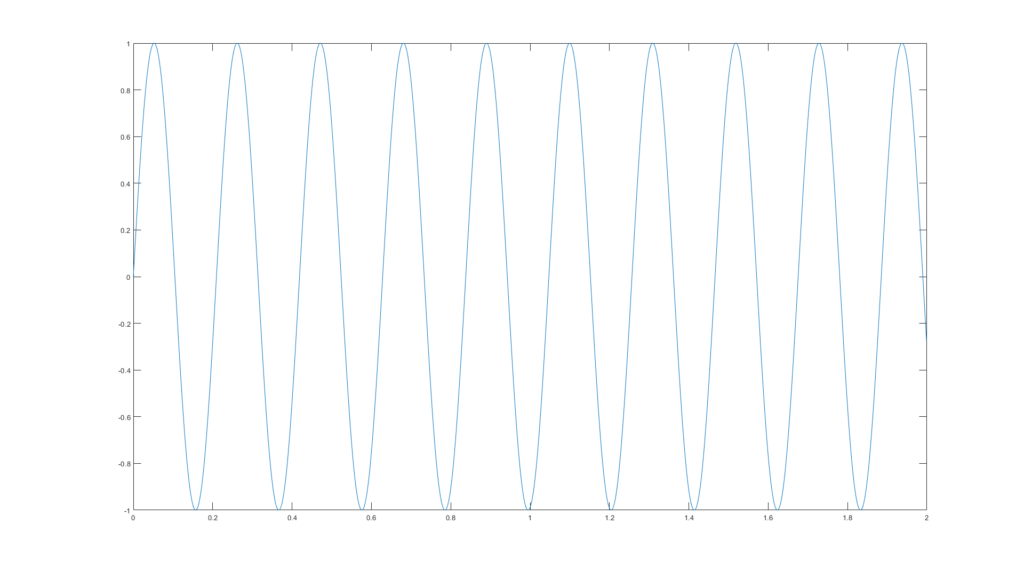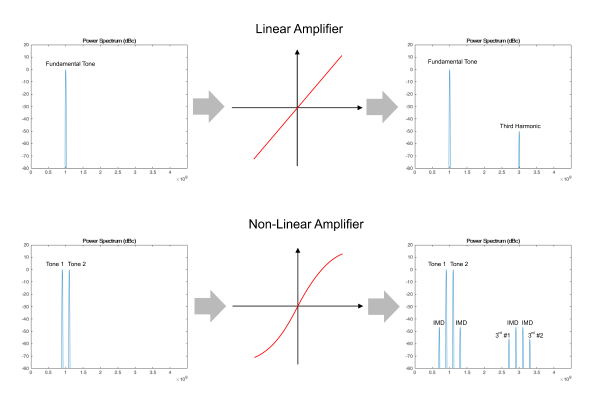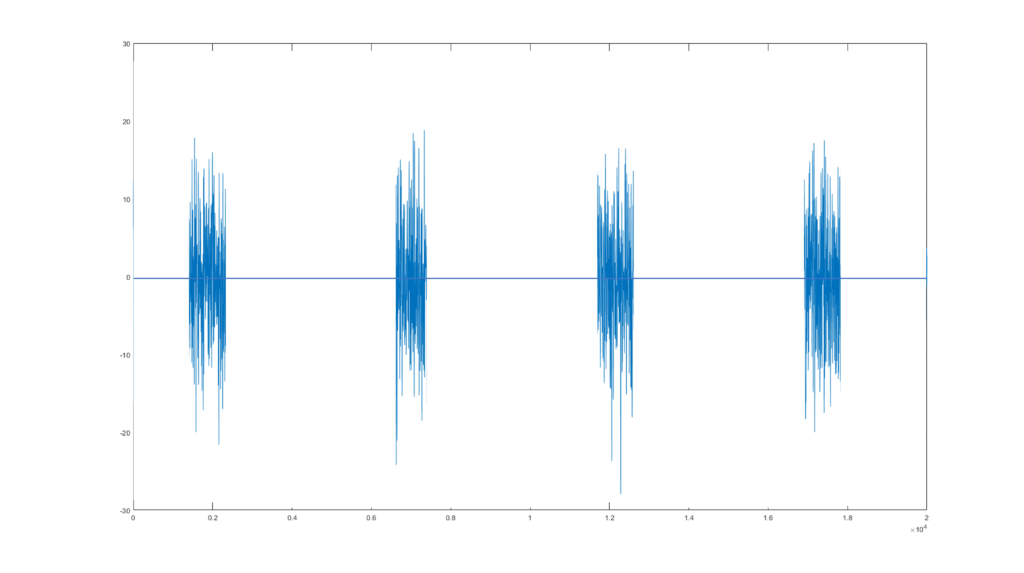If you are already here, it means that you have the same question in your mind! My research starts with simulation and my job is to make a communication network resilient against Electromagnetic Interference (EMI). But, I always struggle with how to characterize this creature and what kind of EMI are out there. If a system is resilient over one of the EMIs, how much will it be robust against others?
I remember in one of the ETERNITY’s events, Marc (ESR1) asked me: “why do you choose CW as a disturbance?” so, that question was the first impression to find some other examples to characterize different interferences.
Here are some examples:
- Continuous waves (CW): it is electromagnetic waves with a constant frequency and amplitude, typically a sine wave would be an excellent example of that for an infinite duration. However, you can sweep over a different amount of amplitude to evaluate the performance of your system for different Signal to Interference (SIR) ratios or sweep over different frequencies to monitor the performance of your system for the effect of a single frequency at various times. Here we have an example of a CW in the time and frequency domain.

- Multi-tone: the simplest way of introducing multi-tone interference is a combination of CW in different frequencies. But if you are using an amplifier, it can have a linear or non-linear behavior which can affect the performance of multi-tone signals. Here is an example of a two-tone signal in the frequency domain by having a linear and non-linear amplifier. If you are more interested in this topic, I refer you to my colleague Nathalia (ESR8) who explicitly is working on this.

- Transient signals: As the name stands for it, this kind of interference usually happens when there is a switching time in our system. Anytime that this switching happens we will have a peak in the time domain which causes a wide-range frequency disturbance. The effect of the transient signal for a narrow band of the signal spectrum can be assumed to be flat. Therefore, we can model this interference as a Gated-AWGN channel as you can see in this figure.

- Chirp: A chirp is a signal whose frequency changes over time. The frequency can increase or decrease. Here you can see the frequency-time behavior of a chirp. It is commonly applied to sonar, radar, laser systems, and other applications, such as in spread-spectrum communications. In the EMC domain, some of the manufacturers make a frequency sweep (chirp) to make the average EMI low in compliance tests for their product. However, this frequency sweeping can cause interferences for some protocols like OFDM which is based on frequency-time sub-carriers.


These are some examples to characterize the interferences for your system. You can expand this category and find more examples and solutions to evaluate your system design.

